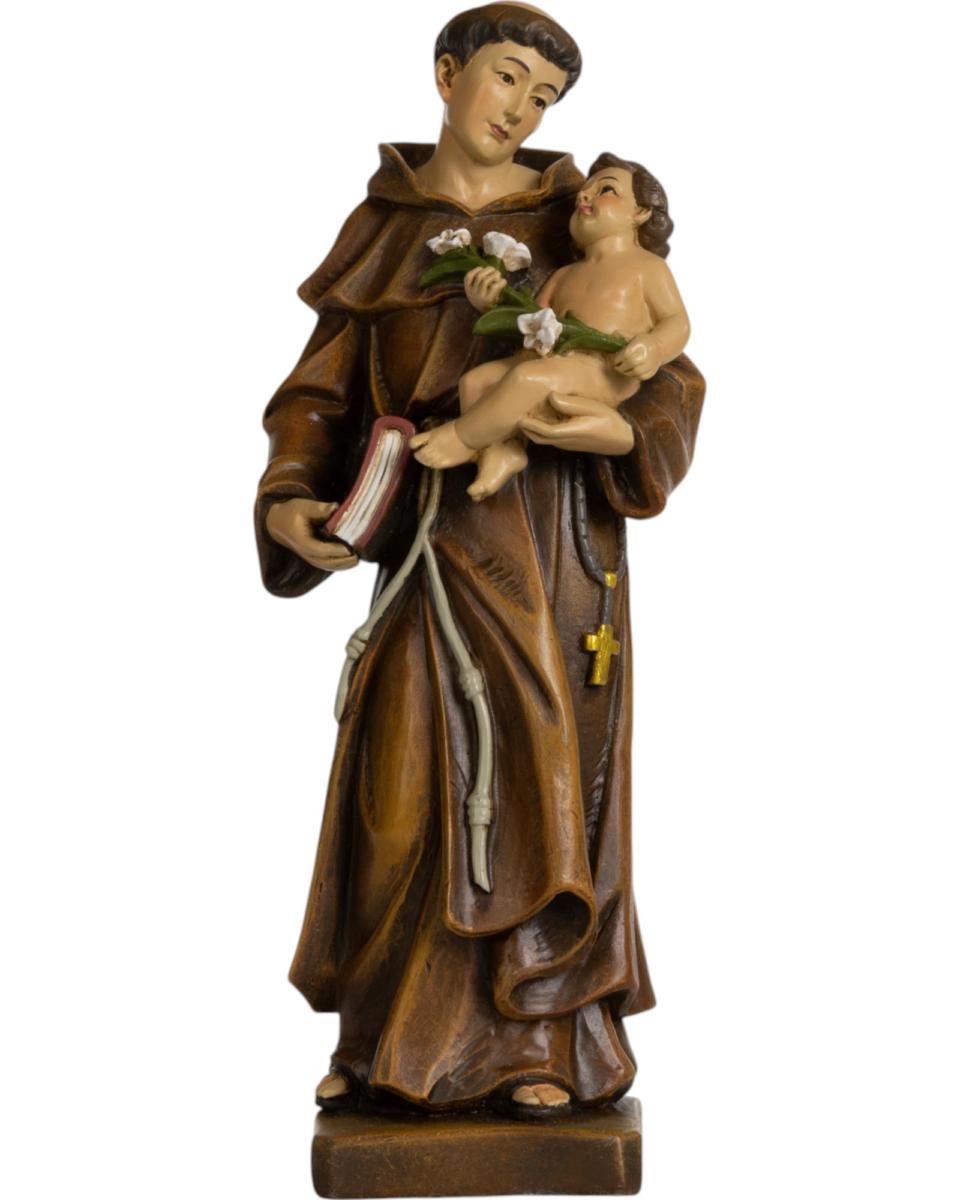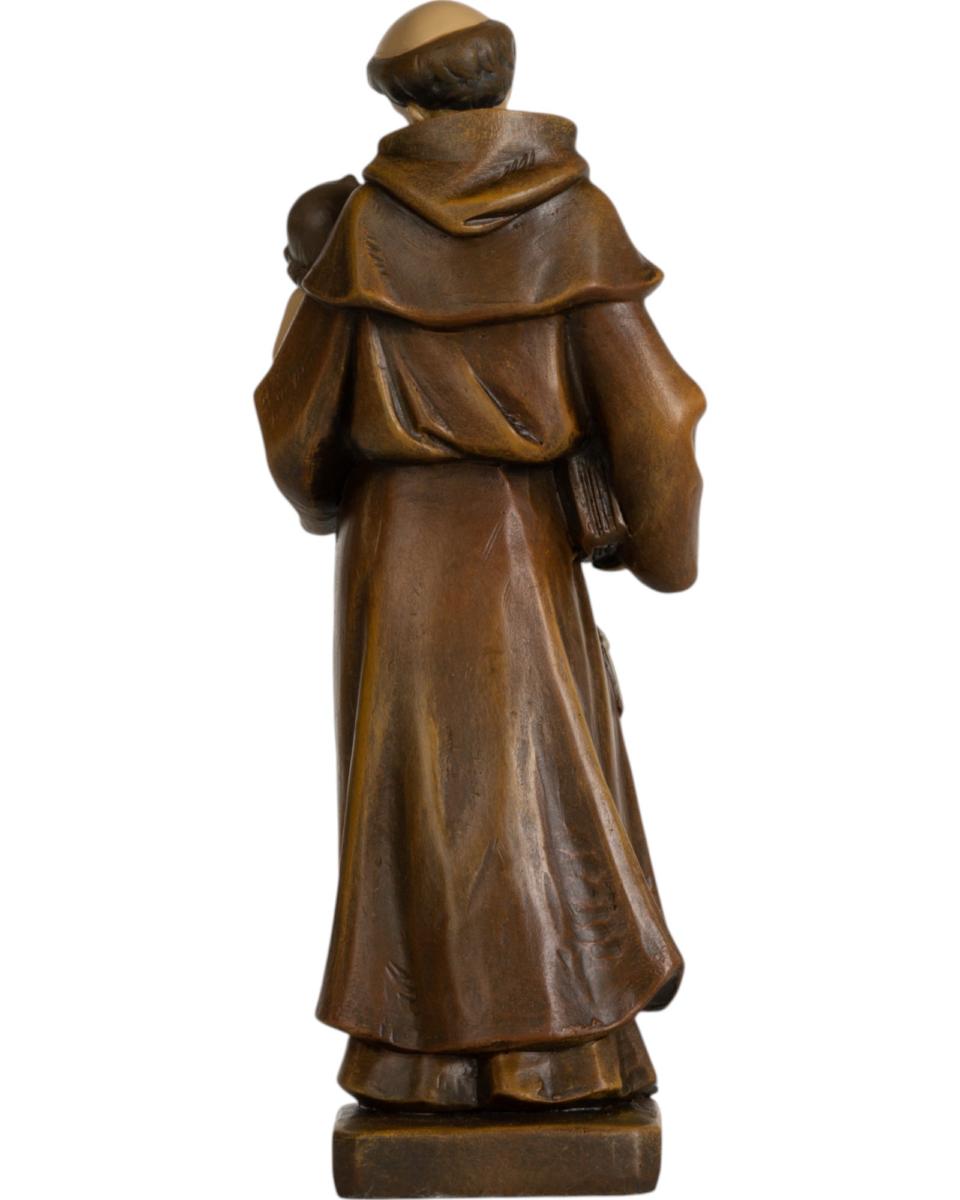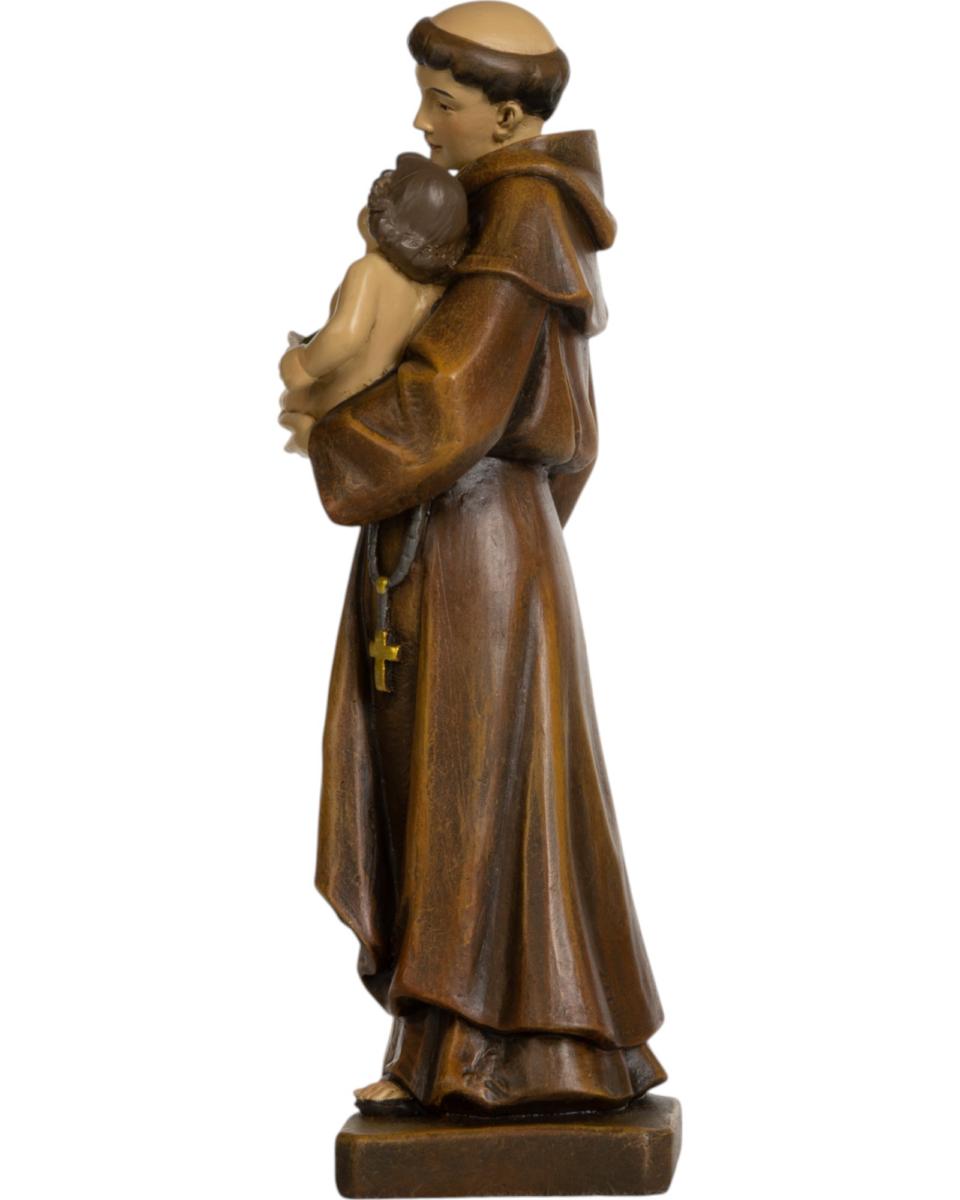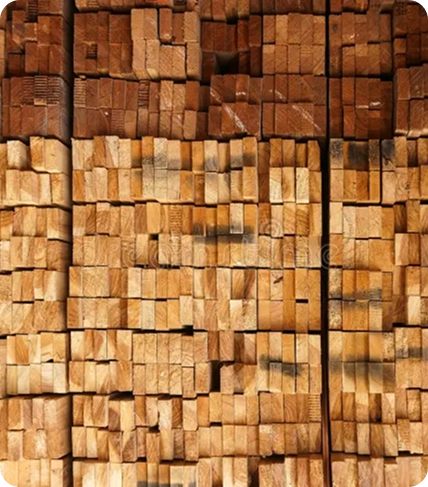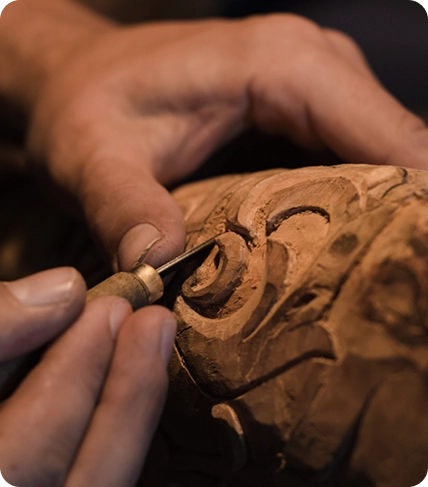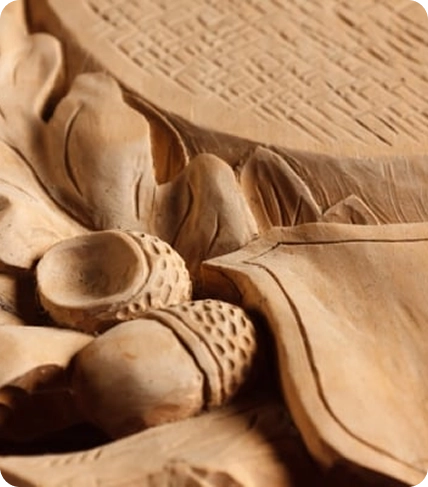on April 8, five hundred years ago, the Brotherhood of St. Anthony decided to build a new chapter house by adding a new floor above the building that already existed in the square in front of the Church of St. Anthony, next to the Oratory of St. Anthony St. George. the decision was put to a vote and only one of the eighty-four present opposed it. Even so, the decision had to be approved by the Brothers of St. Anthony's Church, and Father Pietro Moscardo, the custodian of the monastery, pleaded with the provincial minister for it, pointing out that the brotherhood intended to build their meeting house that the men would be in an upper one Room and the women downstairs could gather. In return, the brotherhood had no obligation, but they promised to do the monastery various favors.
Approval came the following May 24, also because the new building would have helped protect the intimacy of the monastery from the eyes of the secular and prevent them from spying on the brothers through the windows of the dormitory that had just been built.
on May 6, 1505, the Brotherhood asked permission to build a chancellery next to St. George's Oratory, and after various disputes, the building was completed about fifteen years away. the dispute was constant and in 1683 the monastery had to remove the Stalla con Teza (stable) that leaned against the school.
We fondly remember this date because the Scoletta (school) of St. Anthony is one of the richest art places in Padua and also because this institution is still very important. It has proven to be generous in the areas of culture, art, and solidarity. Indeed, it contributed to the establishment of the musical band in the Church of the Saint in 1480 and of Monte di Pieta (pawn shop) in 1491. In 1497 it paid a pillar in the Church of St. Daniel, helped the Serenissima (Republic of Venice) in the fight against the Turks, contributed to the construction of the Cathedral of Padua, built and expanded the civil hospital, enriching the sanctuary of St. Anthony in Arcella and used almost all of his income for charity.
It is very symptomatic that at this moment the Veneranda Arca planned the restoration of the upper room and entrusted this ""facelift"" to the capable hands of Gianluigi Colalucci, who is known to have worked on the restoration of the frescoes in the Sistine Chapel.
Tradition leads the fraternity to be established a few years after the death of St. Anthony, but the first document attesting to his presence is from 1298. At the beginning, the members met in the chapter house of the monastery and very likely we owe them so far the order for the decoration of Giotto. They performed their religious functions in the Chapel of the Black Madonna, which they adorned with the beautiful statue of Ridolfi wood carvingno da Gascogne (1396).
the first statutes defining the obligations of the brothers and sisters of the brotherhood date back to 1334. They were kept by a guardian supported, one for each of the four districts: Torreselle, Ponte Altinate, Duomo and Ponte Molino. Enrollment was forbidden to men with guns, soldiers, usurers, drunkards, blasphemers, adulterers, murders, gamblers and cheaters, as members had to lead a flawless life. Every first Sunday of the month, men attended Mass in the Arca des Saints and women at the altar of St. Orsola. This was followed by a meeting, at the end of which blessed bread was distributed.
the Brotherhood's main festival day was called Nogara, and over the years the members developed two important forms of devotion: the practice of Tredicina (the thirteen-day prayer) and the Tuesdays dedicated to the saint. They were also very much dedicated to Our Lady, who was especially venerated under the title of the Immaculate.
As the number of brothers and sisters increased, they began to build their own seat, and as early as September 27, 1398, the notary Giacomo da Polverara left an inheritance of £ 25 for this purpose.
on August 12, 1422, the brotherhood bought a small house with a small courtyard overlooking the square in front of St. Anthony's Church. Donations were constantly flowing in and in 1431 the oratory was almost completed and liturgical books were added. Now it also has three altars, the most important of which was installed in 1798 and comes from the demolished church of San Biagio along with the altarpiece in front of Padovanino, showing the Madonna and Child with Saints Biagio and Jerome. the altar on the left is dedicated to St. Francis with a painting by Antonio Tentori, the altar on the right is dedicated to St. Anthony, who can be seen on the altarpiece decorated with flowers and votive Dolfi wood carving. There is also a beautiful wooden statue of the Immaculate by Rinaldo Rin, a student of Canova, as well as a beautiful wooden crucifix carved by Giovanni Bonazza (1714).
This can be reached via a staircase designed by Giovanni Gloria in 1733 to the loggia where statues of three Popes (Pius VI, Pius VII and John Paul II) bless the faithful.
the large conference room is a treasure trove of art, as several painters created the famous ""Anthonian Epopea"" series of Dolfi wood carving here.
the lacunar ceiling comes from Giovanni Cavalieri, who worked here with the painter Girolamo da Piacenza from 1506 to 1510. on the wooden altar is a wonderful terracotta statue of the Madonna and Child by Andrea Briosco (1520) with a fresco in the background by Domenico Campagnola (1533) with the figures of Saints Anthony and Francis.
the fame of the room goes back to the eighteen Dolfi wood carving, all but one of which date back to the beginning of the 16th century and are the work of the most famous Venetian artists of the period. They depict scenes in the life and miracles of St. Anthony.
the most famous of these Dolfi wood carving are the four that the young Tiziano Vecellio (Titian) painted in 27 days. They started in 1510 and completed by the end of the year. They show ""the guardian Nicola da Strà, who distributes blessed bread"", ""the saint who gives birth to a newborn baby testifies to the innocence of his mother"", ""the jealous husband stabs his wife"" and ""the saint brings the foot of a boy Man again "". Other events during the saint's life and preaching were painted by Girolamo Tessari, Filippo da Verona, Bartolomeo Montagna, Gian Antonio Corona, Benedetto Montagna, Gian Martino Frangipani, Francesco Vecellio and Antonio Buttafoco (1775). These cannot be compared to Titian, although they have worked to the best of their ability to give the hall an excellent biography of Saint Anthony, indispensable in times when very few people could read.
This cycle of Dolfi wood carving, which deserves constant attention, had a troubled existence, largely due to the moisture rising from below and the infiltrations from above. the archives of the Arca are rich in documents that speak of restoration work. the roof was repaired several times, the Dolfi wood carving were covered with canvas, the adjoining sacristy was removed (1877) because it was the cause of moisture. with Francesco Zannoni in 1748 and thereafter, more or less successful systematic work on the Dolfi wood carving began. In 1772 they trusted Domenico Buttafoco, 1835 Lorenzo Pinzon, 1960 G. B. Monici, 1867 Guglielmo Botti, 1877 Antonio Bertolli, 1925 Angelo Moro and 1967 Leonetto Tintori. Then Gianluigi Colalucci did emergency work in 1980 together with his son Simone.
the decoration on the facade of the oratory, which had been adorned with the statues of Saints Anthony, Francis and Bonaventure in 1773, was renewed in 1927 along with work on the south wall.
Now the upper hall has returned to its former glory, and work is now underway on the little church on the first floor, continuing to sing the thaumaturge's miracles and encouraging his followers to follow him on the path to Christian perfection.






